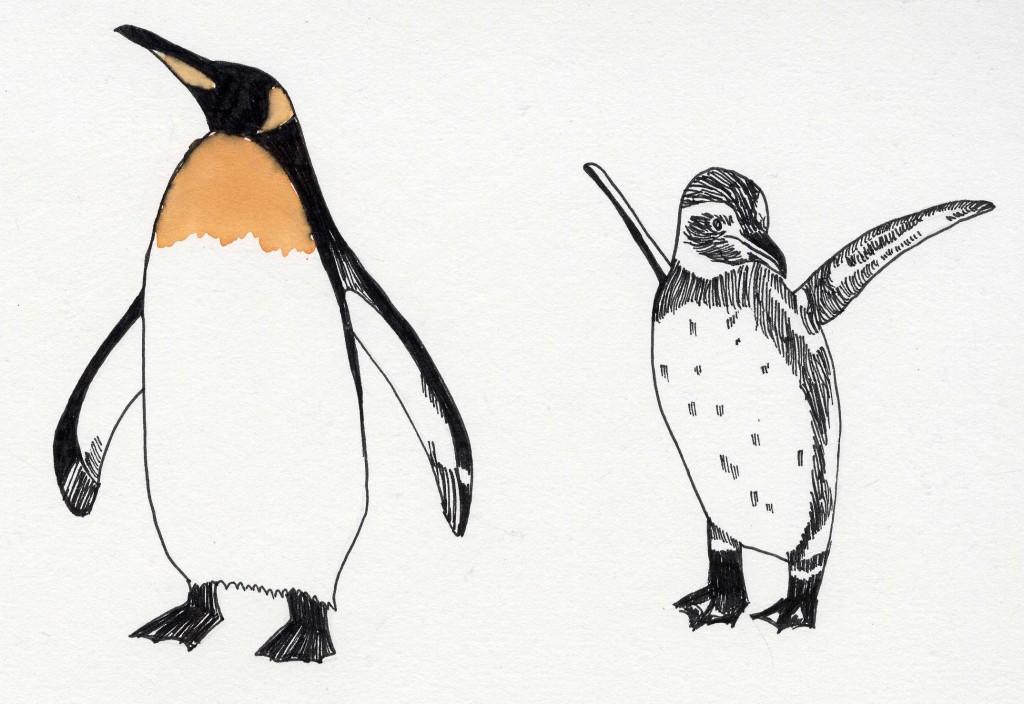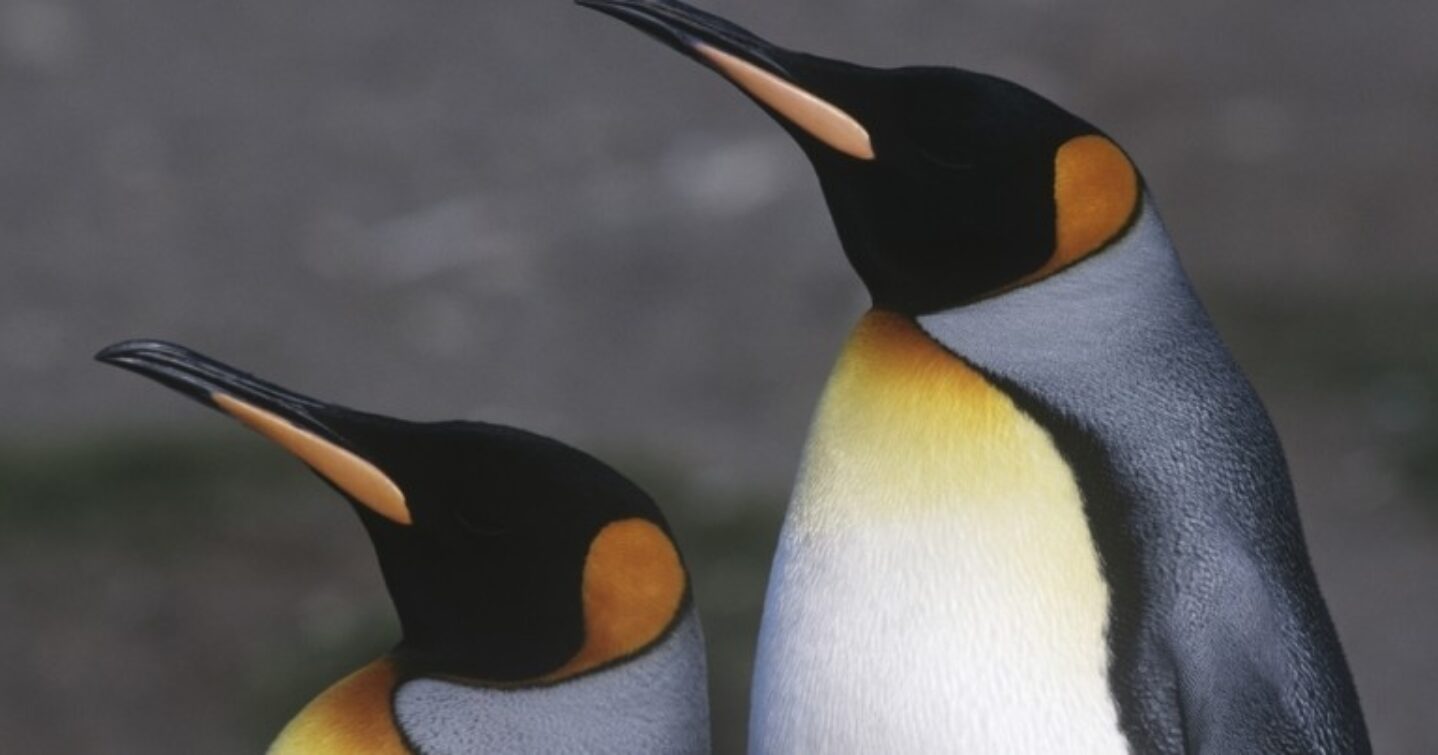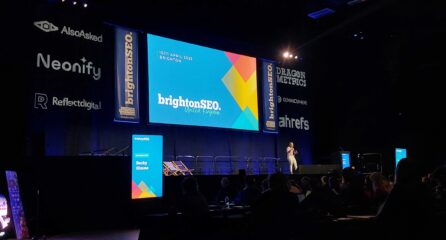So as we learnt this Thursday, Google has released the second incarnation of their famed Penguin update. It’s been in the rumour mill for a while, and since Matt Cutts released the first tentative glimpses of a release date, online marketers and search specialists the world over have exchanged knowing glances. In this blog post, we’ll look at what Penguin 2.0 actually is, why it signals the way forward for online marketing in general, and how you might be able to find your way round the linking minefield.
History of Penguin Algorithm
First, a little bit of history. I’m sure many reading this are fully aware of the implications of the first Penguin update…but if you’re ready for a refresh, here goes…
On April 24th 2012, Google pushed out their first Penguin algorithm. As I’m sure you’re all aware, it was intended to target over optimisation – and it did so in a fairly big way. Over 3% of searches were affected and visible to the everyday user, and while that doesn’t sound that many, if you consider Google receives nearly 1.5 billion searches every year – that amounts to 45 million people directly affected…and that doesn’t even count all the people who work in search marketing directly and had to get to work cleaning up their backlink profiles.
The Interim
The period between Penguin 1.0 and 2.0, the past year, has seen many changes to the Google algorithm. The company made it clear at the start that the inauguration of Penguin was just the start of the changes they were making – and they always intend with every update to make people’s life in the searches better. More relevant content, more trusted content and far less of a reliance on sites which violate Google’s quality guidelines with regards to inbound links. Dangerous sites, spammy sites, article sites – all these were hit by the first round of Penguin.
Penguin 2.0
We first started getting hints many months ago, as blogs, journals and news sites which surround themselves in the online marketing world began tracking changes to the appearance of Google search results. Matt Cutts and Google in general have never purposefully tried to hide the presence of the algorithm changes – the belief is that the more transparent they can be, the better the online community is for everyone and the better the quality of the searches that are returned. It was many people’s belief that this update to Pengiun would be big – we are more than year on from the original Penguin and many webmasters are yet to recover organically. Here’s what Matt Cutts said a week before the 2.0 release.
What it does is build on the existing Penguin framework by removing the usability and effectiveness of black hat SEO techniques. The focus is on rewarding sites which offer genuine value and come from trusted, authoritative sources – whilst at the same time cutting back link spamming, hacking, site scraping and keyword stuffed sites.
How Penguin 2.0 Will Affect Your Site
Of course, this all depends on the kind of site you have – but initial signs from Google may suggest that things aren’t necessarily as bad as it seems. If you have an unnatural backlink profile, there may be signals that you have to worry, but this new Penguin update has been designed to reward and benefit small to medium sized professional businesses, that are experts in their field and have always used white-hat techniques. According to Jason DeMers, ‘it should help authority sites gain traction while decreasing the rankings of sites that merely provide generic fluff’.
Recently, a greater importance has been placed upon link authority, link velocity and the value of the links you are creating. You are likely to see less of an impact with this update of Penguin if the sites you have links on are trusted, have good social signals and benefit the community or user in some way. It’s the best way to ensure that Google thinks whatever you’re writing about is worthwhile to your audience. If it is, you must know what you’re talking about and Google will reward you with improved rankings.

What to do About Penguin – The Human Touch
As touched upon in the previous segment, the best thing to do is to know what you’re talking about, and build links based on your relevance and use to other people in the online community or industry you’re working in. The process is actually quite simple – you will need to identify any poor links in your backlink profile, takes steps to remove or disavow them and then build better, high quality and relevant links. Easy, huh? Well, sort of.
Understanding your link profile needs to be an important factor, but we must remember that the internet isn’t just about links, it’s actually mainly about people. Machines don’t use our websites, people do, so make sure that whatever you choose to do it’ll benefit your users to greater extent. It’s the best way to raise traffic figures and improve rankings at the same time.
We all know that creating quality content is the first, and probably more important, step you need to take in a post Penguin 2.0. What’s the point in visiting, or more importantly trusting, your website if it doesn’t have anything I want to read on it? Encourage natural social shares – but encourage them in the context of the industry you’re working in – build your relationships with people in your circles…not just on Google + but in real life…attend conferences, email, write to, visit these people. A community, yourcommunity, is now one of the most important things to build upon.
Secondly, it’s important to generate a content schedule that is built around regular interactions. Make sure you maintain contact with especially good blogs which offer writing opportunities – and thank people for their interaction and involvement…a thank you or an acknowledgement can go a long way, and may encourage future retweets and shares further down the line.
Website appearance, performance and usability is also now far more important than it used to be. No-one wants to interact with an ugly site, and the way a site looks is so intrinsically linked to generating leads and conversions, and ultimately money, for your business. Invest in site structure improvements, and don’t be afraid to look at the aesthetics of your online presence.
The final point is perhaps the most difficult to implement, but one of the most important. In today’s world, we cannot separate ‘conventional’ marketing from ‘online’ marketing – the two need to be as one. Links can come from a variety of sources, and taking a ‘PR’ approach to online promotion is much more likely to provide you with more long-term wins. For example, links don’t necessarily have to be centred in the online world – if your business is holding a real-world event or occasion, people are likely to promote through the internet as their primary means of communication – and the organic links should follow.
Summary
It’s a lot to take in, but Google hasn’t really reinvented the wheel with Penguin 2.0. Google’s aims, ambitions and goals have never really changed – they’ve just tightened the belt when it comes to tracking down and penalising poor quality backlink profiles. There are many, and varied, ways to overcome the impact of Penguin and rise above it – but if you have a site that looks great, looks at the long term, builds relationships and creates content that people want to read…you’re likely to profit overall.
Loom are proud of achieving results through creating excellent content for clients and utilising exclusively white hat techniques. We provide a transparent and award-winning SEO service. Contact us today to see how we can help you.





